From Kitty Hawk to Hypersonic: 10 Flights That Changed Air Travel

Introduction: The Dream Takes Flight
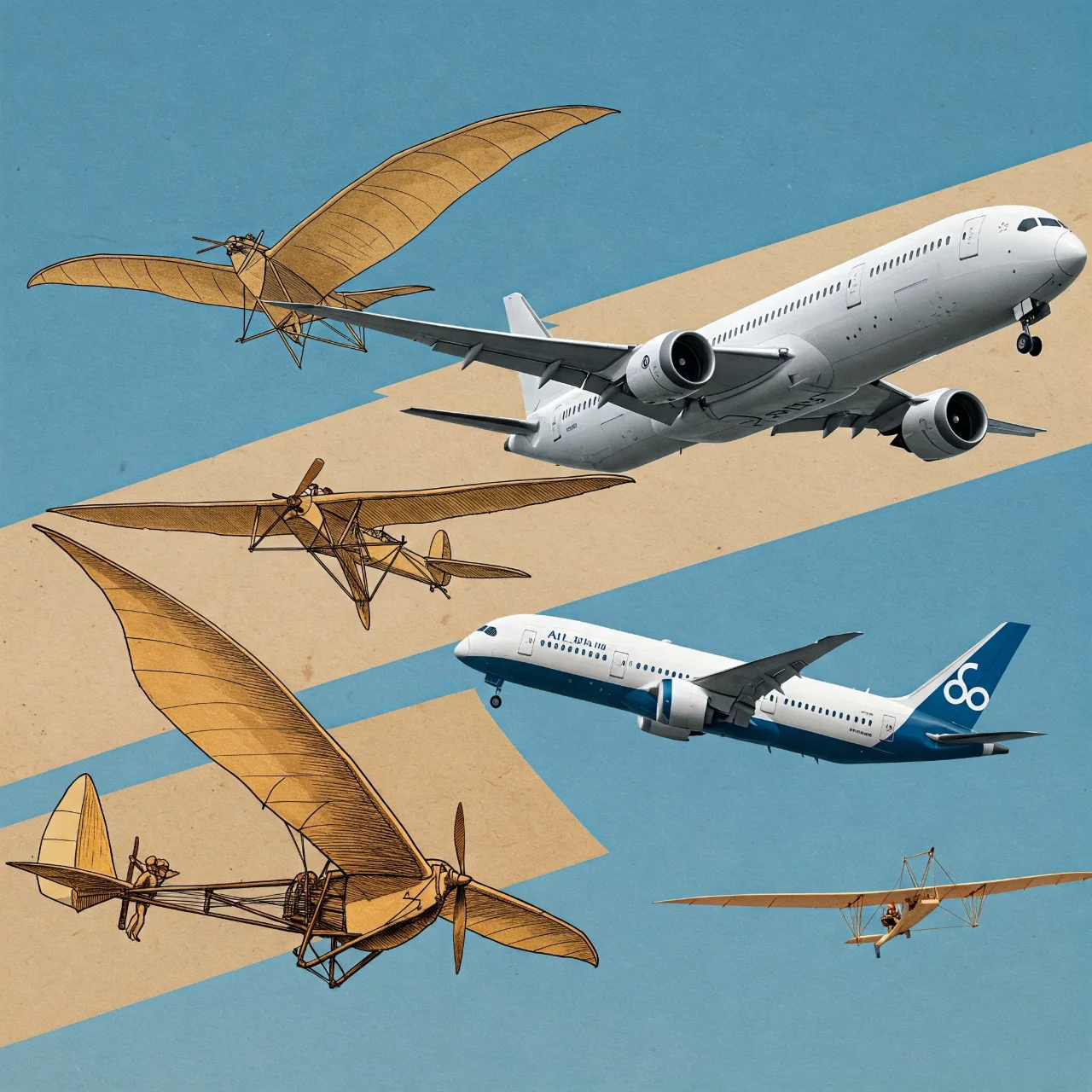
For millennia, humans gazed at birds and dreamt of soaring. The history of flight isn’t just about machines; it's a story of relentless innovation, daring ambition, and overcoming seemingly insurmountable challenges.
From early myths and legends to the sophisticated aircraft of today, the journey has been remarkable. This listicle explores ten pivotal moments that transformed that dream into reality, charting the evolution of air travel and its profound impact on our world. Get ready to take off on a historical journey!
1. The Wright Brothers' First Successful Flight (1903)
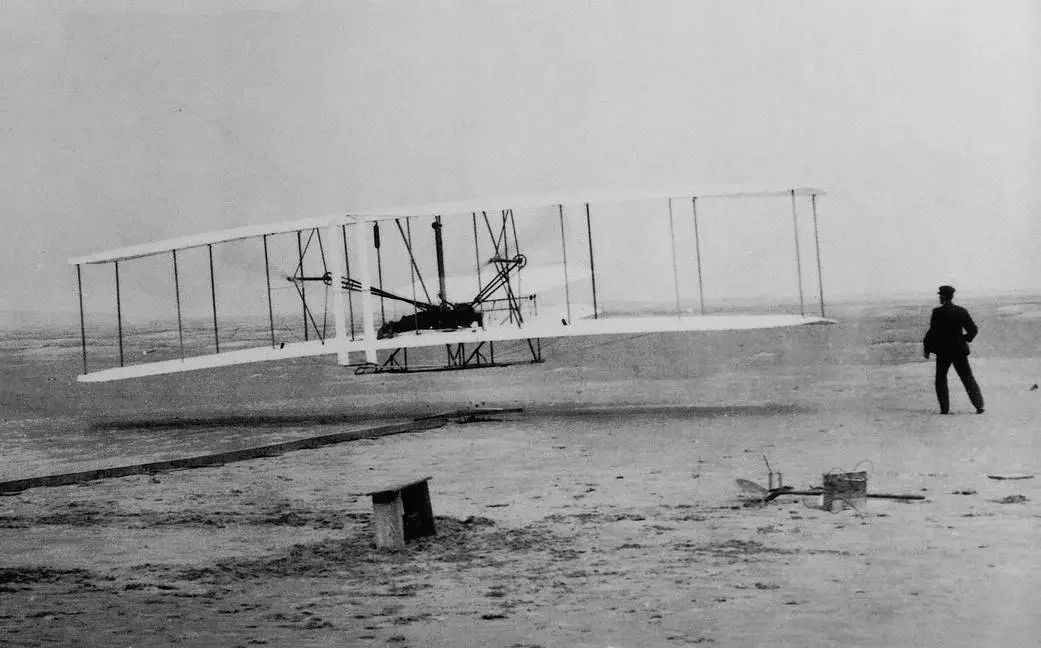
December 17, 1903, at Kitty Hawk, North Carolina, marked the dawn of the aviation age. Orville and Wilbur Wright achieved the first sustained, controlled, powered heavier-than-air flight. Their 'Flyer' stayed airborne for 12 seconds, traveling 120 feet.
This wasn't just a flight; it was proof that sustained flight was possible, overcoming centuries of failed attempts. This moment revolutionized air travel, giving birth to the field of aviation and inspiring countless inventors. The history of flight began here.
2. Louis Blériot Crosses the English Channel (1909)
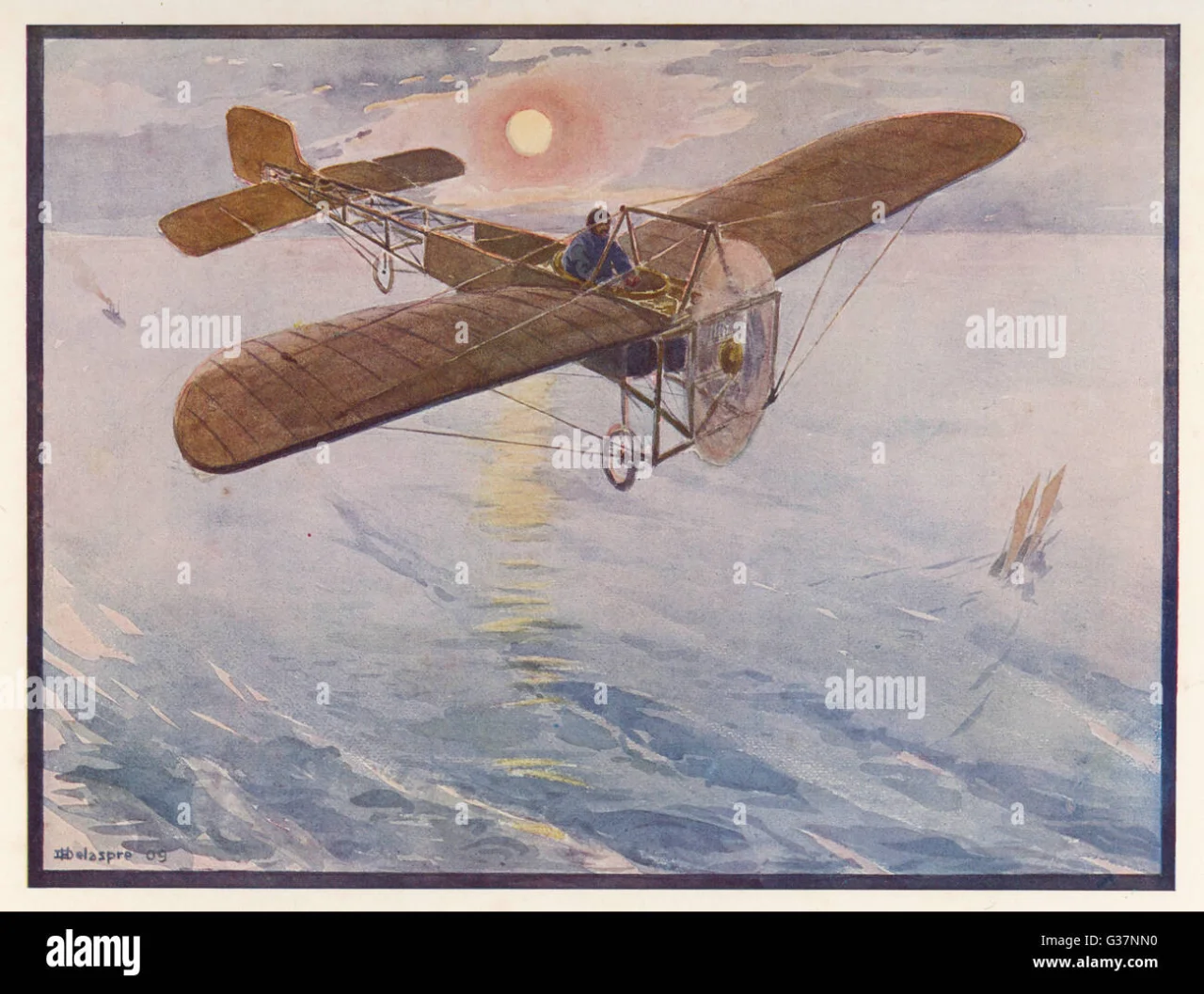
French aviator Louis Blériot made history on July 25, 1909, by successfully flying across the English Channel in a self-built monoplane. This 37-mile flight took about 36 minutes and demonstrated the increasing practicality of aircraft.
It wasn't just a feat of engineering but also of courage, battling unpredictable weather and mechanical risks. Blériot’s achievement captured the world's imagination and spurred further development in aviation and air travel.
3. The First Scheduled Airline Service (1914)
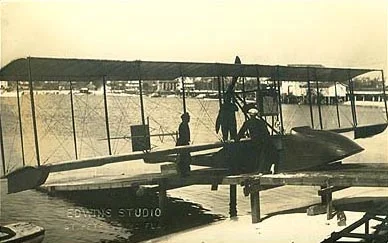
St. Petersburg–Tampa Airboat Line in Florida launched the world's first scheduled airline service on January 1, 1914. Using Benoist XIV flying boats, the service connected St. Petersburg and Tampa, offering a 23-minute flight across the bay for $5 (equivalent to $150 today!).
Though short-lived, this marked a crucial step toward commercial air travel. It demonstrated a viable, if nascent, business model for transporting passengers by air, impacting the development of aviation history.
4. Charles Lindbergh's Transatlantic Solo Flight (1927)
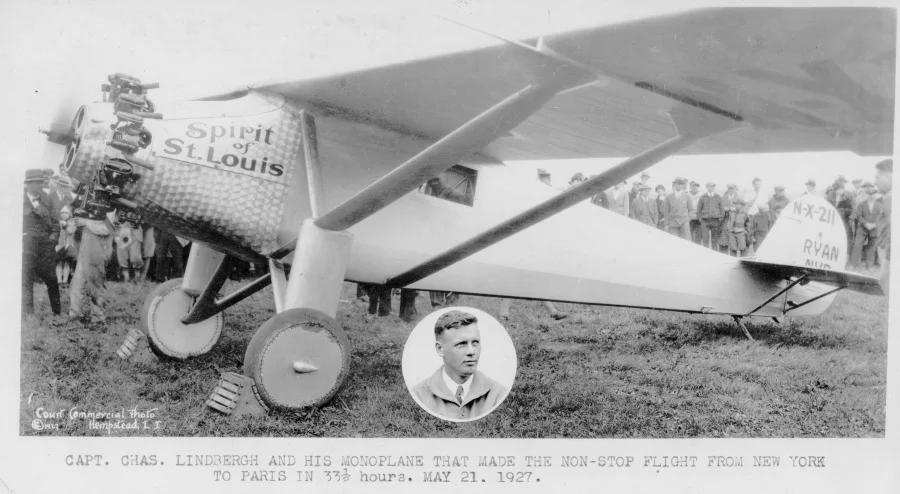
Charles Lindbergh’s solo non-stop flight from New York to Paris in the 'Spirit of St. Louis' captivated the world in May 1927. The 33.5-hour journey demonstrated the potential for long-distance air travel, sparking widespread enthusiasm for aviation and fundamentally changing the landscape of air travel.
It also proved the reliability and range of aircraft and heavily influenced the growth of commercial airlines. This truly represents a pivotal moment in the history of flight.
5. The Douglas DC-3 Changes Everything (1935)
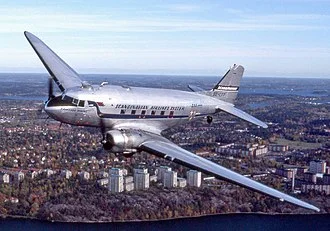
The Douglas DC-3, introduced in 1935, was a game-changer for airlines. It was the first airliner that could consistently make a profit, thanks to its speed, range, and reliability. Crucially, it made air travel more comfortable and accessible, ushering in the modern era of commercial aviation.
The DC-3 drastically reduced travel times and boosted passenger confidence, making air travel a practical alternative to rail. It’s an iconic symbol of the golden age of aviation history.
6. The Comet and the Jet Age Begins (1952)
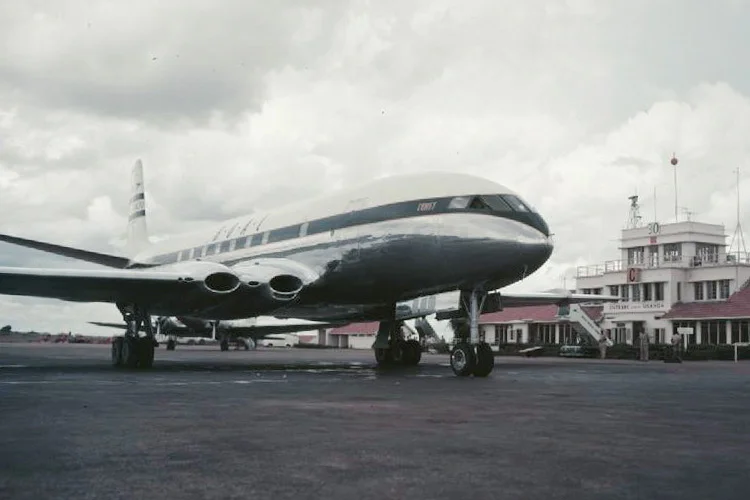
The de Havilland Comet, entering service in 1952, was the world’s first commercial jet airliner. It dramatically reduced flight times and increased passenger capacity. Although early Comets suffered from structural issues, the design paved the way for all subsequent jet aircraft.
This marked the official start of the jet age, forever changing the speed and efficiency of air travel. The evolution of air travel accelerated rapidly following the Comet’s introduction.
7. Boeing 707 and Mass Air Travel (1958)
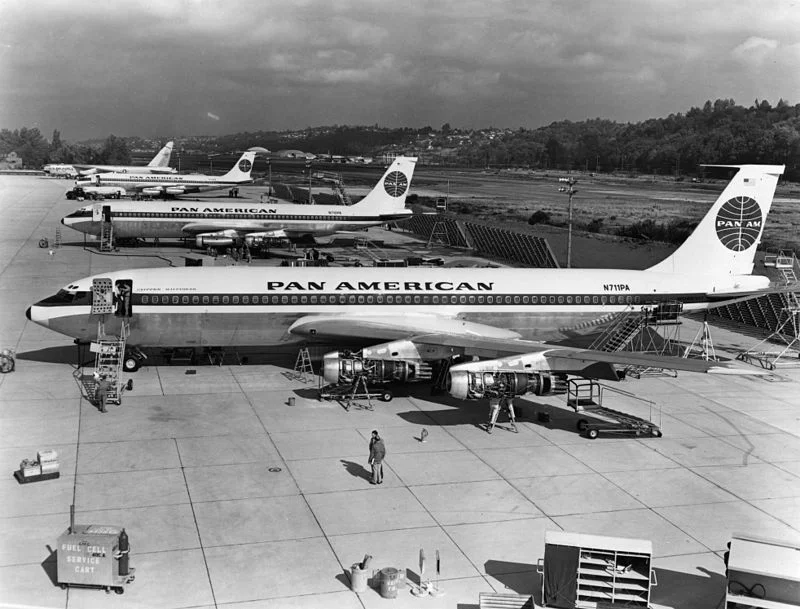
The Boeing 707, introduced in 1958, truly democratized air travel. It was larger, more reliable, and more economical than previous jetliners. This enabled airlines to offer lower fares and accommodate significantly more passengers.
The 707 effectively made long-distance air travel accessible to the masses, fueling tourism and global connectivity. A cornerstone of aviation history, the 707 revolutionized how people experienced the world.
8. Concorde: The Supersonic Revolution (1969)
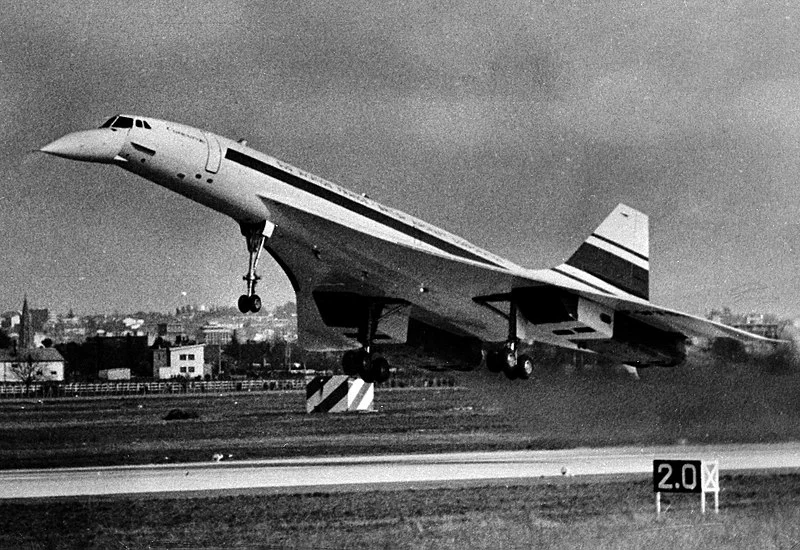
The Concorde, a joint British-French project, began commercial service in 1969, ushering in the era of supersonic travel. Flying at twice the speed of sound, it could cross the Atlantic in under 3.5 hours.
Though ultimately retired in 2003, the Concorde remains an icon of aviation innovation and technological ambition. Its legacy highlights the possibilities of incredibly fast air travel, despite the economic and environmental challenges. A thrilling chapter in the history of flight.
9. The Airbus A380: A Giant of the Skies (2007)
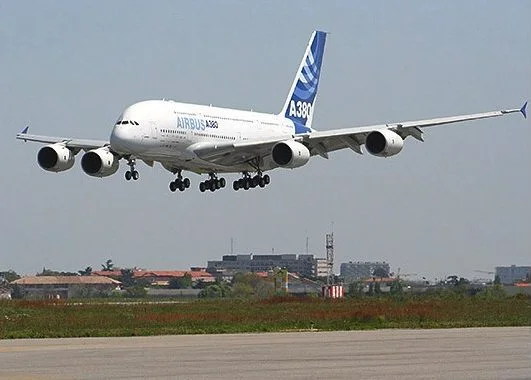
The Airbus A380, entering service in 2007, is the world’s largest passenger airliner. It offered unprecedented passenger capacity and luxury, setting a new standard for long-haul travel.
Though production has ceased, the A380 represented the peak of conventional aircraft design, pushing the boundaries of size and efficiency. It highlighted a focus on passenger experience and a different approach to optimizing air travel. A significant milestone in aviation history.
10. The Rise of Drone Technology (2010s-Present)
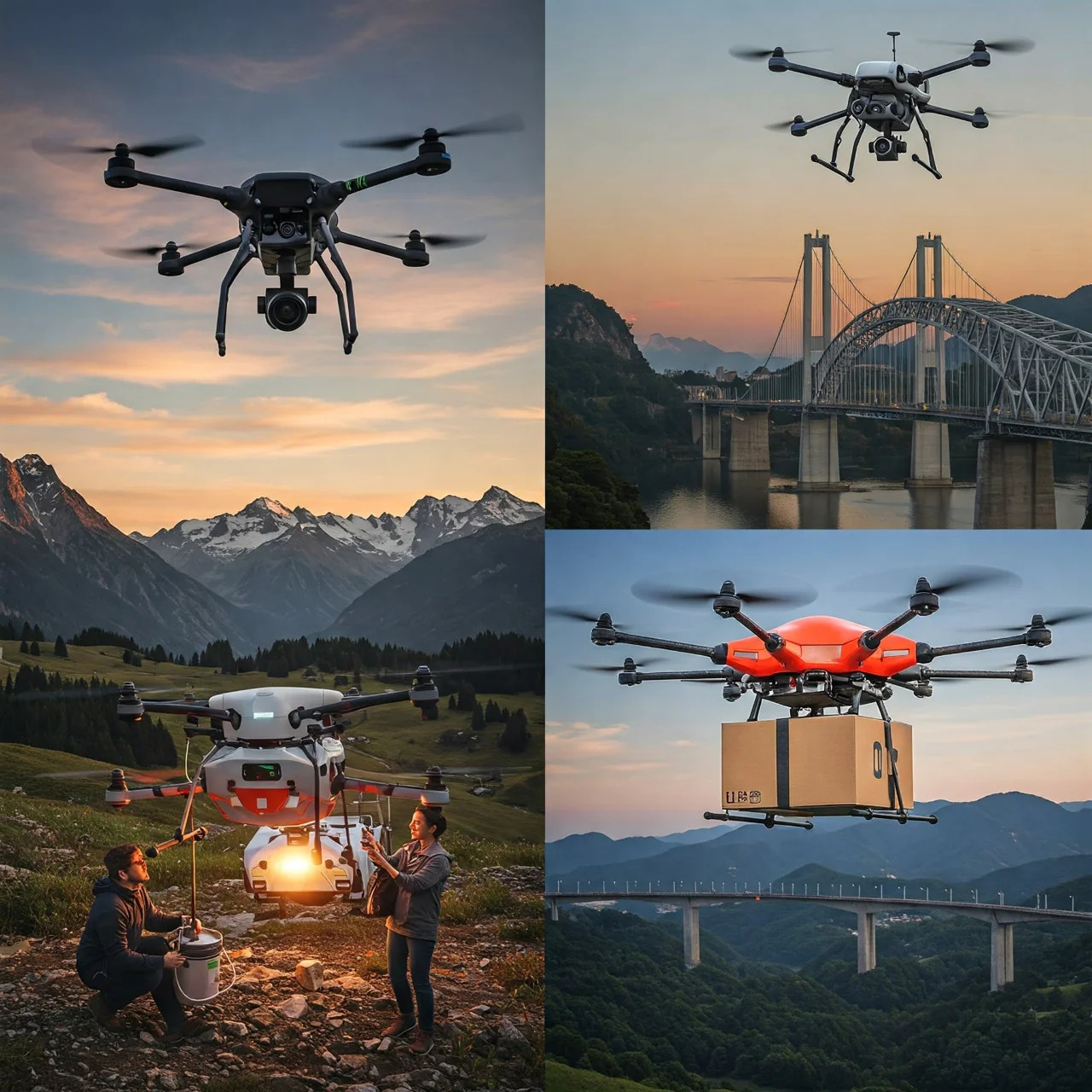
The 2010s saw the explosion of drone technology, rapidly changing aerial perspectives. Initially used primarily for military applications, drones have become accessible for commercial and recreational use. They're reshaping industries from package delivery and agriculture to filmmaking and infrastructure inspection.
This represents a new branch in the history of flight, offering unique possibilities and raising new challenges for air space management and safety. The future of air travel is being written in the skies, one drone at a time.
Comments
Loading comments...